Chaplin’s World opened its doors in Corsier-sur-Vevey on 16 April, the birthday of the creator of “The Tramp”. The attraction, which is both a place of commemoration and an interactive studio, has been installed on a four-hectare site where the manoir de Ban sits imposingly. This mansion, built in the 19th century, was bought by Charlie Chaplin at the end of 1952. It was within these walls that his wife Oona brought up their eight children and where the couple saw out their last days. “Their sons Michael and Eugene attended the official opening. I watched them looking at films from their childhood in this very place. It was a touching moment, as was opening with them a sealed chest containing costumes from ‘The Tramp’,” says Annick Barbezat from the Chaplin’s World team.
For anyone who grew up with Chaplin’s films, visiting the manor house – three rooms of which have been renovated to match their exact condition in the 1970s – is quite a poignant experience. Visitors can see the actor’s office, his library, his biography notes and draft screenplays, including the storyboard for “The Freak”, a film never made. In the lounge, whose windows look out over a wonderful park with the Chablais Alps in the background, you can imagine the atmosphere when the host entertained guests such as Michel Simon, Serge Reggiani and Yul Brynner with whom he can be seen playing “pétanque” in front of the house. A photograph of the pianist Clara Haskil, dedicated to the father of “The Tramp”, is placed on the piano. The artist came to play in residence.
Further on in the bedroom, an old TV is placed at the foot of the bed. “This is where Chapin died and some people cry when visiting this room,” says Barbezat. In the dining room, where the family gathered each evening at 6.45 pm, home movies are played. They show the table brought to life by the patriarch. Magic acts, tricks and pulling faces, the greying man on the screen reminds us that he was a master of silent emotion. “Words seem so feeble,” he is heard saying in archive footage of the 1972 Oscars ceremony when he received the famous award.
The manoir de Ban, the vineyards of Vaud, the quaint villages on the Riviera – Chaplin’s surroundings in Switzerland, a country where he spent 25 years of his life, seem to have made him happy after his exile from the USA in 1952 for supporting Communism when travelling in Europe. “We love Switzerland more every day,” he wrote in a letter in 1954, confiding in another that he had spent his best years in Corsier-sur-Vevey.
Chaplin did not seem overly bothered by the fact that the estate was situated above a firing range, known as Gilamont, a situation that the local authorities failed to resolve. Chaplin can be seen, in films and photographs, getting involved in local life. He had his routines in the village and went to the Knie Circus every year in Vevey where each time the orchestra played the music from “Limelight” in his honour. However, the actor, musician, screenwriter, director and producer never managed to learn French. “I am ignorant in the French language,” he says in one of the manor’s exhibits. The house also provides reminders of less happy times, such as Chaplin’s depression after his last film “A Countess from Hong Kong” flopped in 1967.
The Chaplins in wax
Apart from exploring the park, the rest of the visit is dedicated to the studio – a vast enclosed space on two floors embellished with around 30 wax figures created by Grévin International. Visitors spend a few minutes at the studio entrance but without wasting time as a screen showing Chaplin’s silent movies has them in guffaws of laughter. The show begins in a movie theatre with a wonderful 10-minute film without voiceover. The screen is then raised enabling visitors to cross this barrier to find themselves immersed in the setting of a wretched back alley in London at the end of the 19th century. They are surrounded by a cardboard replica of the world that little Charlie and his brother Sidney would have experienced before being taken from their mother. It is an exact copy of scenery created for one of Chaplin’s films, the room of “The Kid” (1921). Further along visitors come across the facade of a shop on which the word “Jew” is daubed, a piece of scenery from “The Great Dictator” (1940). Sitting on a low wall, the blind florist in “City Lights” (1931) smiles when a screen projects the scene where, having regained her sight, she recognises her benefactor – the tramp – just by touching his hands. This silent movie’s word card simply reads “You!” when this moment of dramatic climax is reached.
Incredibly realistic, Grévin’s wax figures compete to make Charlie Chaplin and his world tangibly present. You sometimes mistake the waxworks for real people, and even vice versa! The young visitors are enchanted. The studio also invites the audience to enter the stage of the creator’s world. You can sit in the armchair of the Jewish barber in “The Great Dictator” and have photos taken under his razor. Visitors can also don the uniform with black crosses and the cap of the dictator Adenoid Hynkel, sway in the cabin hanging over the precipice in “The Gold Rush” (1955), with the “Tramp” petrified under the table, or pose in the cogwheels in “Modern Times” (1936).
Careful approach to historical detail
As well as being highly entertaining, every part of the exhibition “has been produced with great attention to detail”, underlines Annick Barbezat. Visitors learn, for example, that Hitler apparently watched a screening of the film dedicated to him alone. “The first time I saw Hitler and his little moustache I thought he was trying to imitate me and cash in on my success,” wrote the creator of “The Tramp” in his memoirs, adding that he would not have made the feature film had he known about the Holocaust. On a less serious note, this part of the studio is dedicated to the production of Chaplin’s films. As the first films he made were improvised, there is a scene in a restaurant that does not lead to anything. Then Chaplin had an idea. He depicts a gallant tramp with his sweetheart but who does not have the money to pay for his meal. Tension is thus created. “The film reel is cheap but ideas are precious,” was the artist’s view.
Stéphane Herzog is an editor with “Swiss Review”.
A museum born out of passion for Chaplin
Chaplin’s World was the brainchild of the Vaud architect Philippe Meylan, who knew members of the Chaplin family, and Yves Durand, a museologist from Quebec, whom Meylan was able to persuade to take part, recalls Annick Barbezat, communications manager. At the time the project was begun around 15 years ago the manoir de Ban had fallen into a state of disrepair. Eugene and Michael Chaplin had moved in after the death of their mother Oona in 1991 but the estate had become difficult to manage. The architect and museologist received support from the local communes and the canton. They secured two key investors for their initiative – the Luxembourg-based company Genii Capital and Grévin International, the site’s current operator. The venture cost 60 million Swiss francs, reveals Annick Barbezat. On very busy days, the venue can attract up to 2,000 people. “Charlie Chaplin is a very strong and positive brand,” remarks the communications manager who estimates there will be 300,000 visitors during the first year of business.
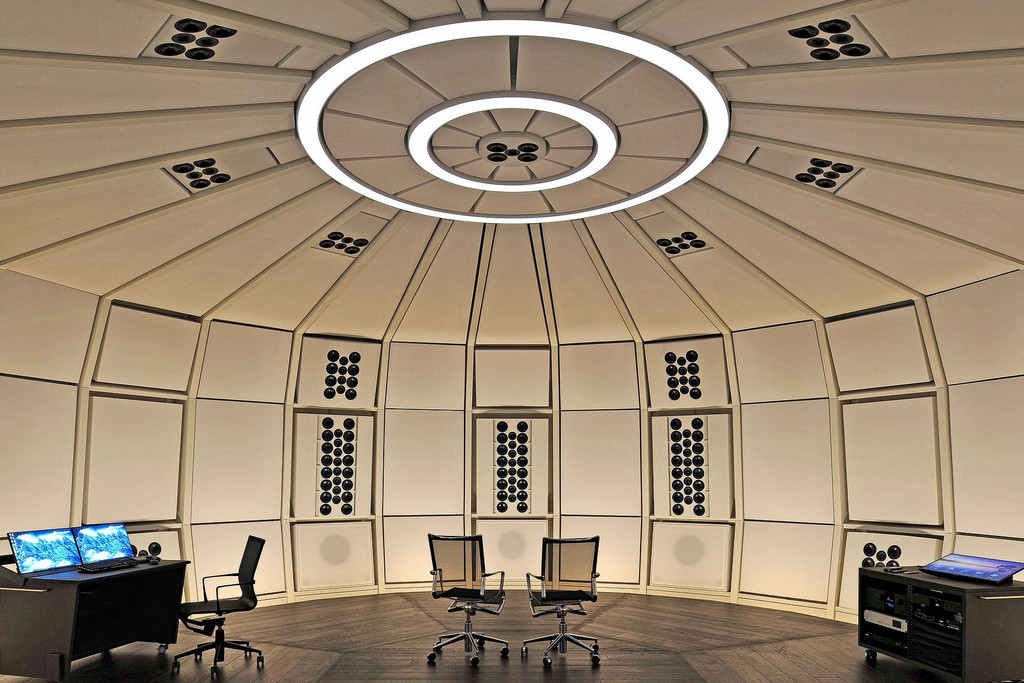
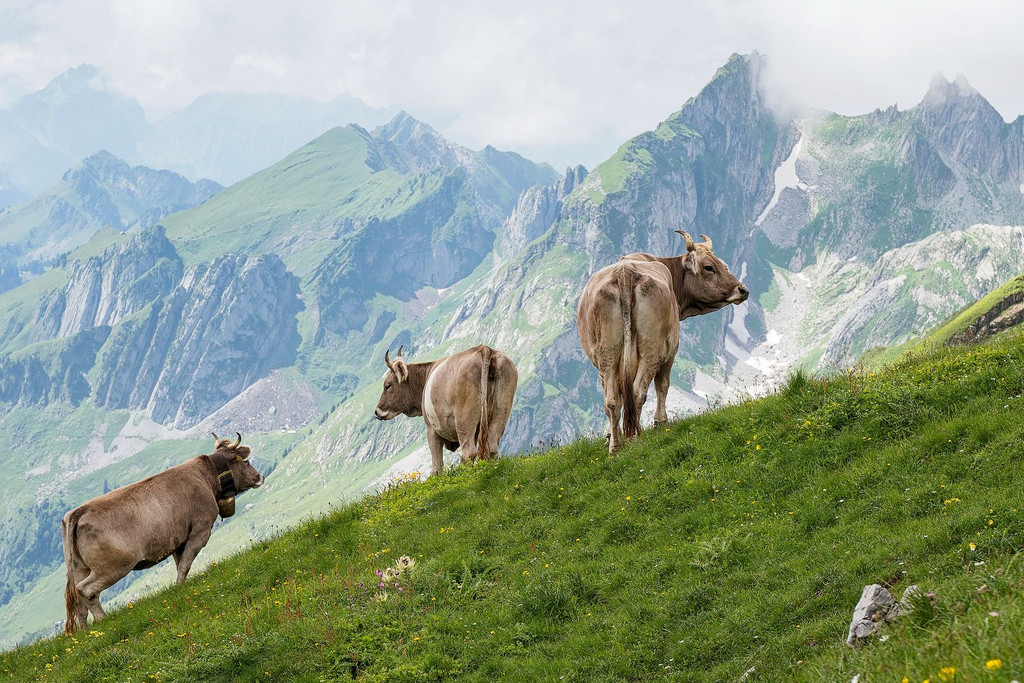
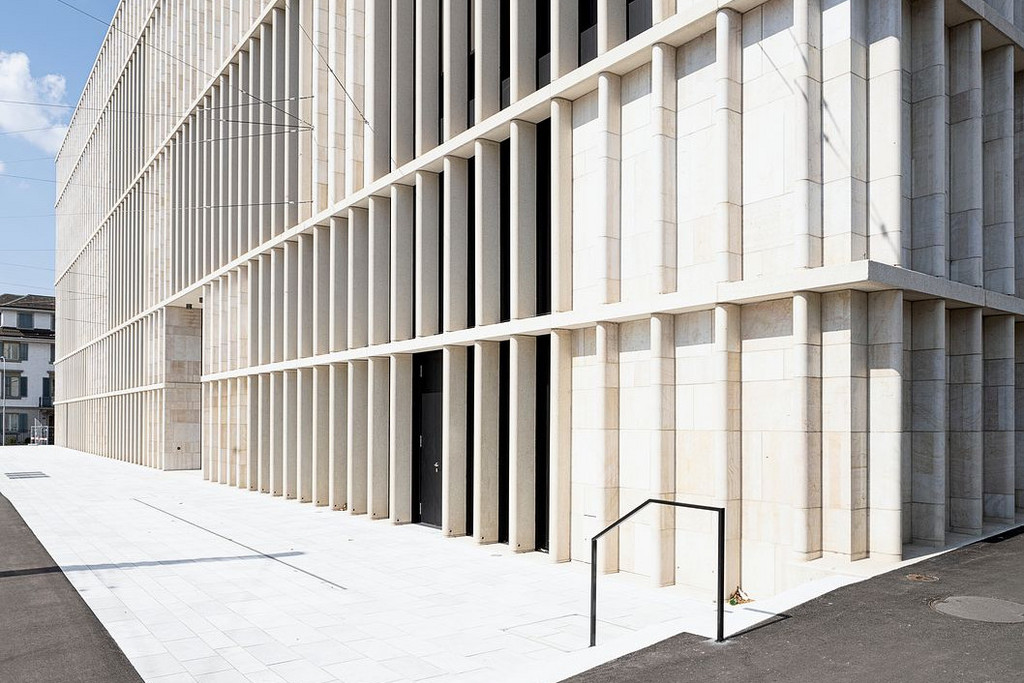

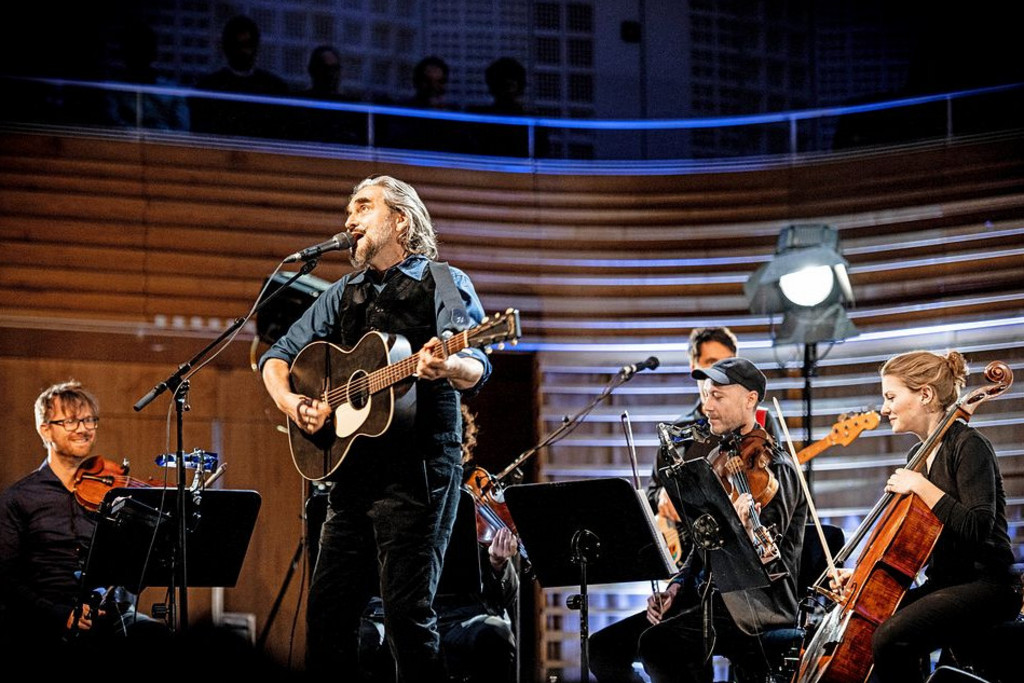
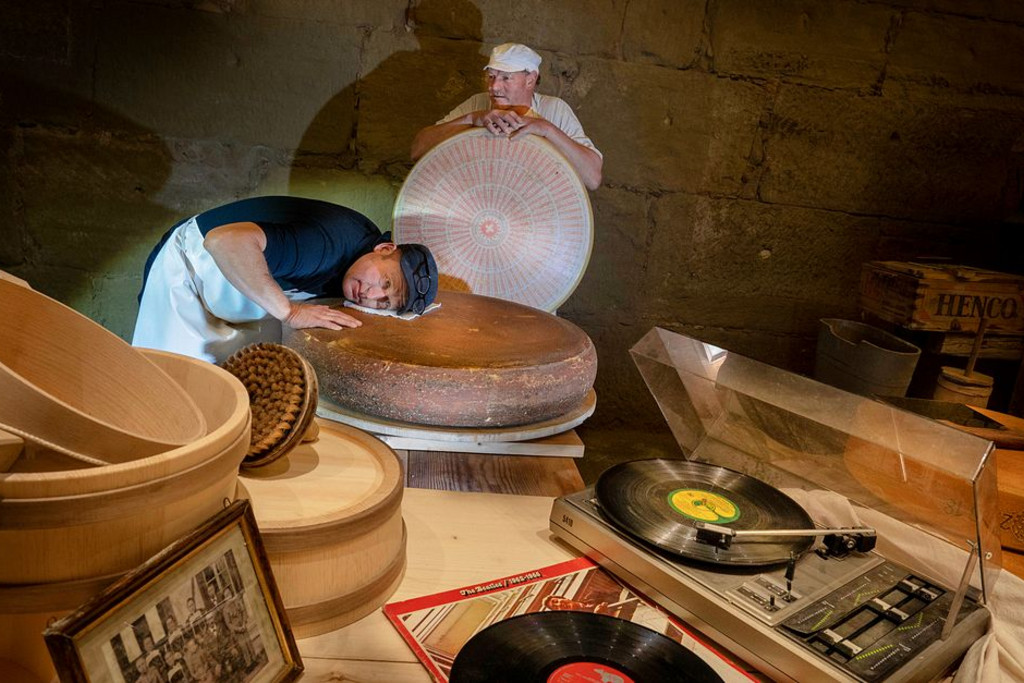
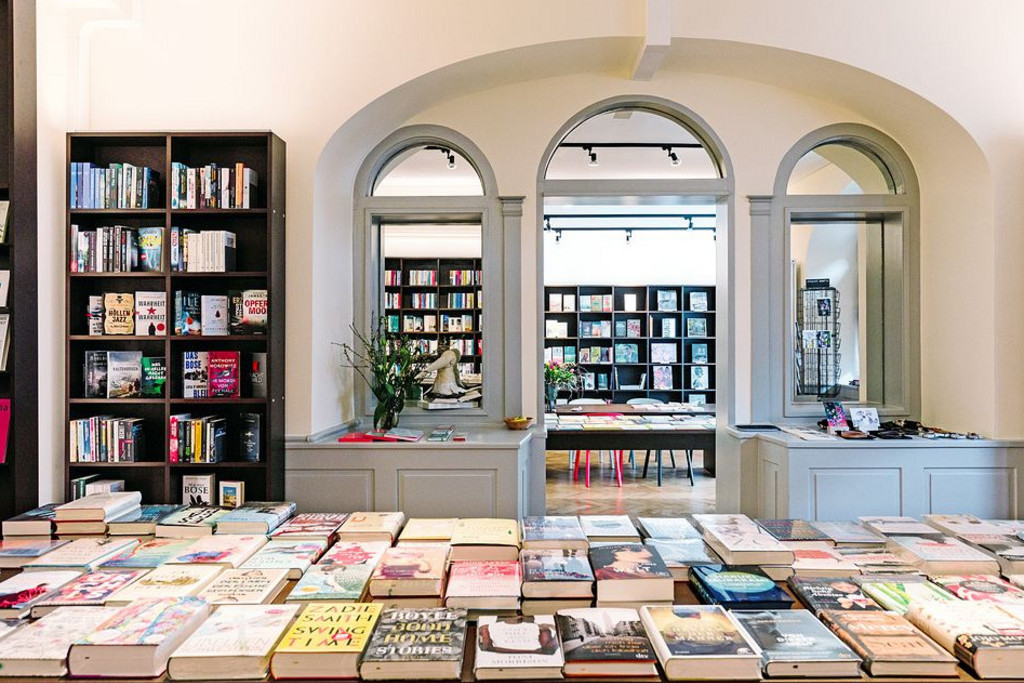




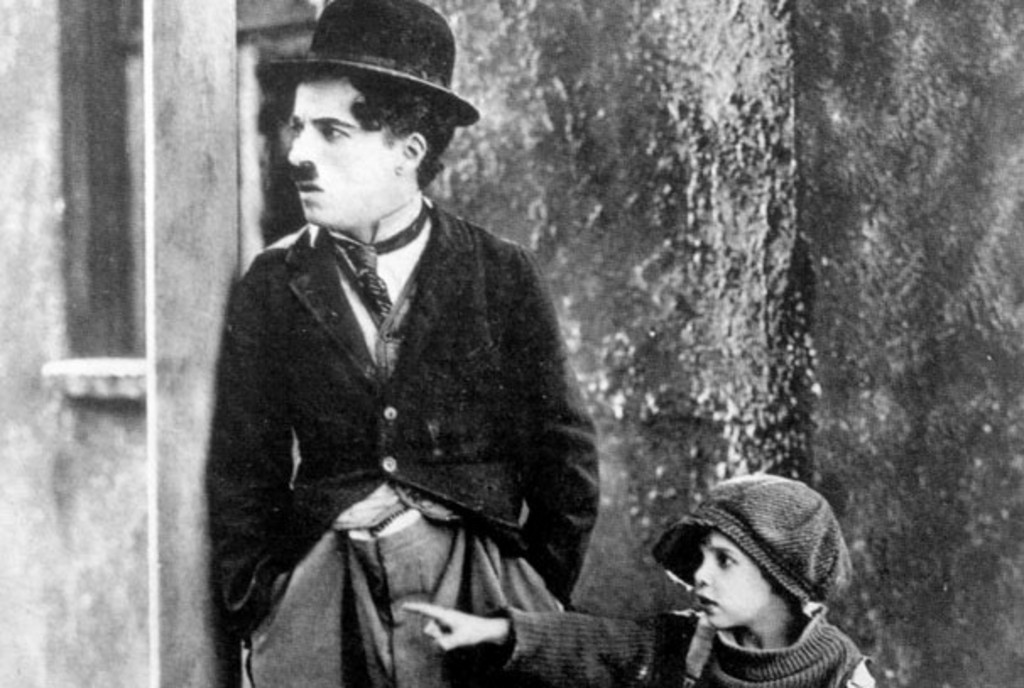
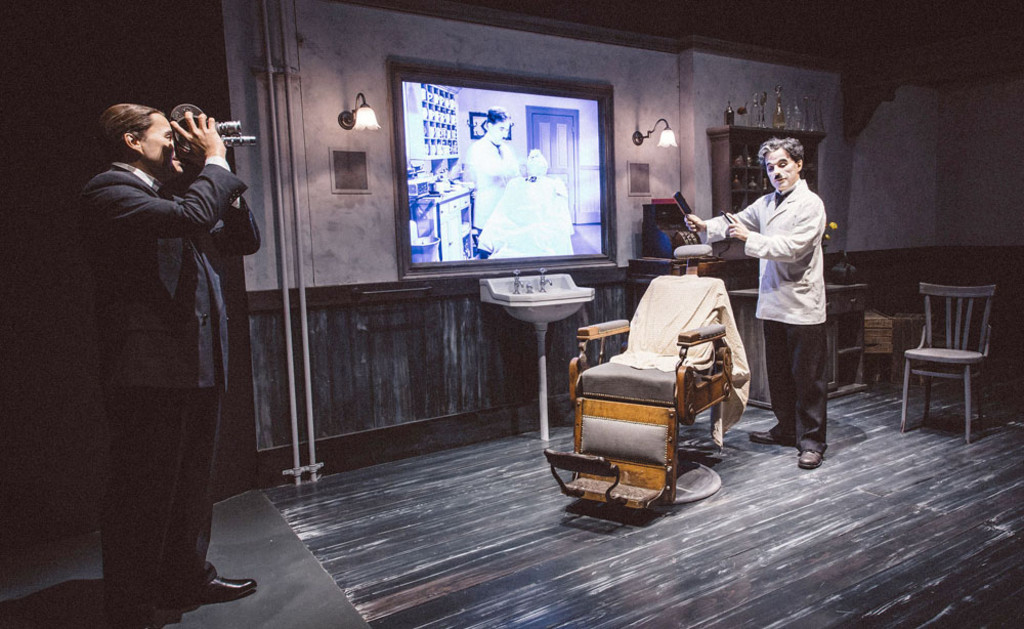
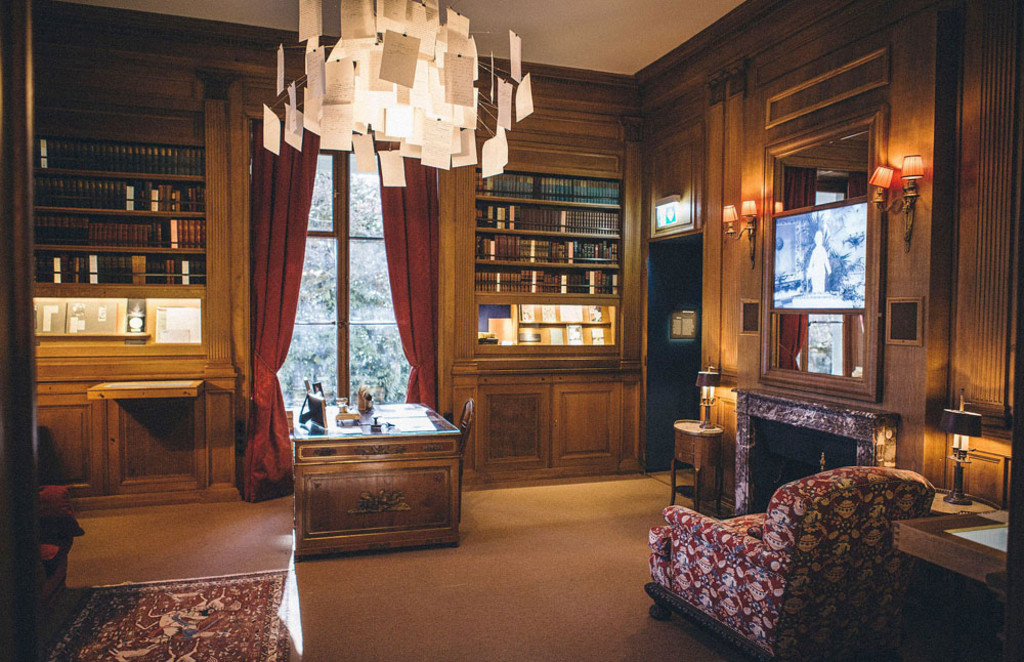
Comments